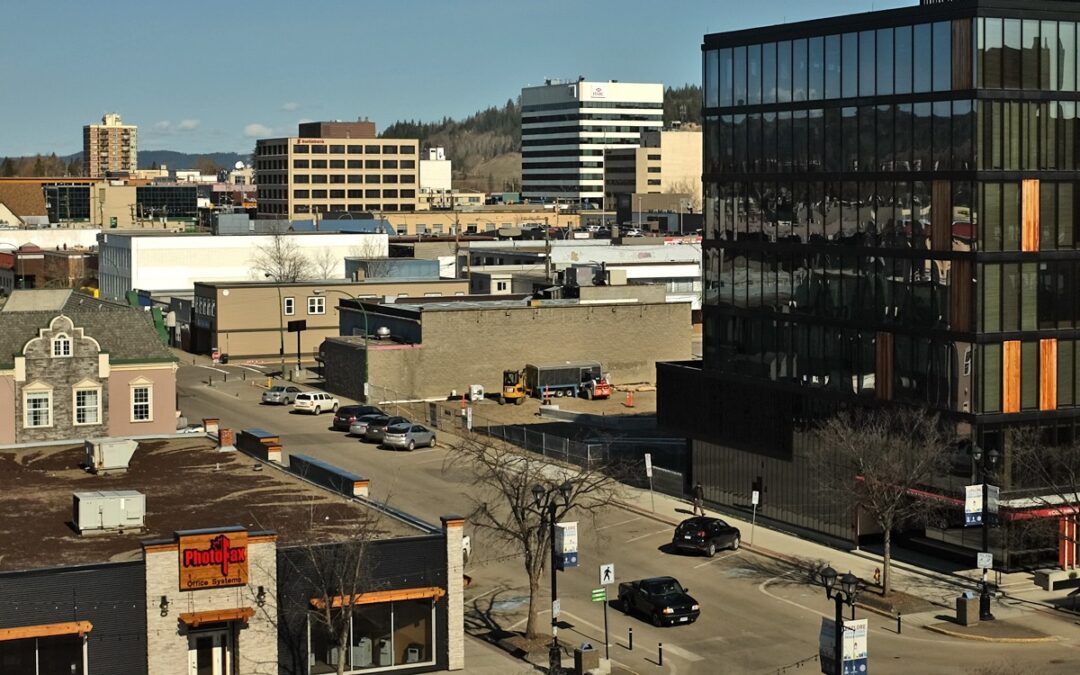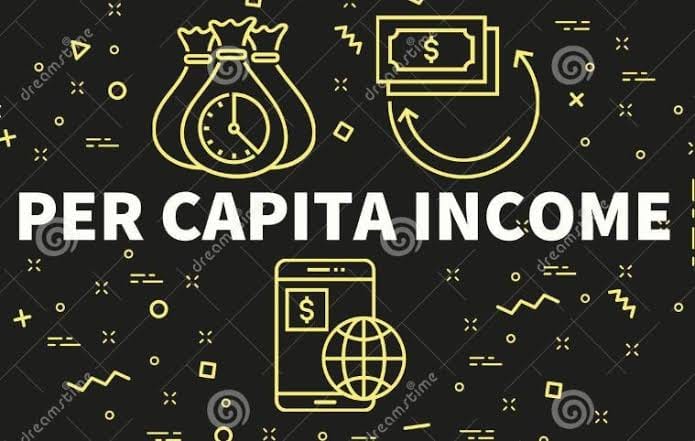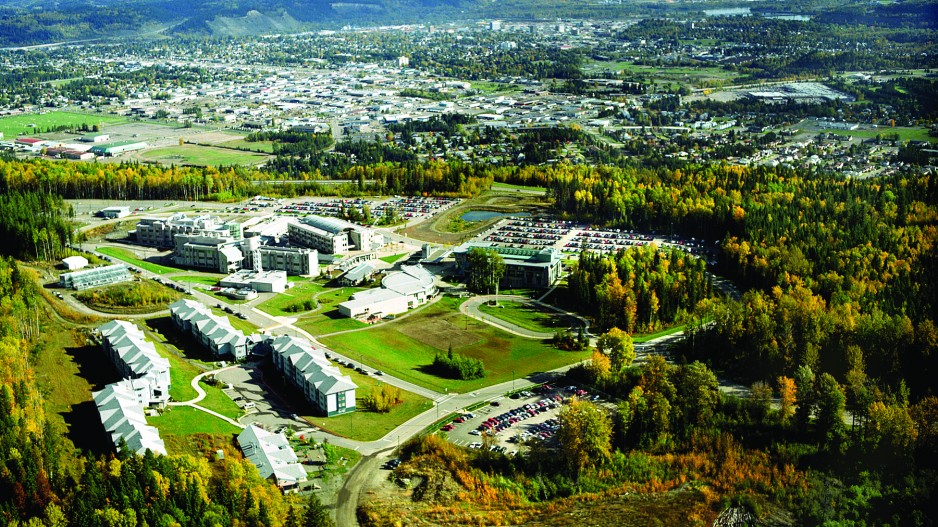Prince George, a thriving city located in British Columbia, Canada, boasts a thriving economy that plays a significant role in the region’s growth and development. This blog aims to provide a factual and statistical overview of the economy in Prince George, highlighting key sectors, employment figures, income levels, and major contributors to the city’s economic success.
Population and Demographics
As of 2021, the estimated population of Prince George stands at approximately 90,000 residents, making it one of the largest cities in northern British Columbia. The city’s diverse population includes a mix of professionals, students, and skilled workers.
Gross Domestic Product (GDP)
The Gross Domestic Product is a vital measure of economic activity within a city. In 2020, Prince George’s GDP reached approximately $4.8 billion, showcasing the city’s robust economic performance.
Key Economic Sectors
a. Natural Resources: Prince George is strategically located in close proximity to abundant natural resources. The forestry sector, including logging and timber processing, has been a cornerstone of the city’s economy. It contributes significantly to employment and export revenues.
b. Manufacturing: The manufacturing industry has a strong presence in Prince George. Key sectors include pulp and paper, wood products, metal fabrication, and food processing.
c. Education and Healthcare: The city is home to the University of Northern British Columbia, which has a positive impact on the local economy. The healthcare sector also plays a crucial role, with several hospitals and medical facilities providing employment opportunities.
Employment and Job Market
a. Employment Rate: As of the latest available data, Prince George’s employment rate stands at around 63.4%, reflecting a strong job market.
b. Major Employers: Key employers in Prince George include Canfor Corporation, Northern Health Authority, the University of Northern British Columbia, and the local government.
c. Unemployment Rate: The unemployment rate in Prince George is approximately 5.6%, indicating a relatively healthy job market.
Income Levels
a. Median Household Income: The median household income in Prince George is around $60,000 per year, highlighting the city’s relatively affordable cost of living.
b. Income Distribution: The city showcases a diverse income distribution, with various employment sectors offering different income levels.
Major Economic Initiatives
a. Infrastructure Development: Prince George has seen ongoing investments in infrastructure projects, including transportation, healthcare facilities, and educational institutions, fostering economic growth and attracting new businesses.
b. Entrepreneurship and Innovation: The city actively promotes entrepreneurship and innovation, supporting local startups and small businesses through various programs and initiatives.
Prince George’s economy thrives on a diverse range of sectors, including natural resources, manufacturing, education, and healthcare. The city’s steady GDP growth, low unemployment rate, and affordable cost of living make it an attractive destination for businesses and residents alike. Continued investments in infrastructure and support for entrepreneurship are driving economic expansion and ensuring a bright future for Prince George.








